I looked at the display of potted tulips and daffodils in the grocery store and let out a deep sigh. Each flower was perfectly coiffed, the stems standing tall and pristine, the display awash with color. If only they were in my garden. Too early for that.
With several feet of snow and ice, it would be a few months before the ground thawed enough for my spring explosion of color to display its finest. My neighbor, another artist, decided to take matters into her own hands. She painted her spring flower display on the snowbanks. I had better ideas to curb the winter blues.
I was tired of being stuck indoors. I didn’t enjoy the cold, the snow, the lack of sunlight. I dreamt of spring; of time spent in my garden. That wonderful oasis, currently buried in layers of snow and ice, could remain where it was for the time being. I was bringing my gardening indoors. Nurseries and garden centers (including those in grocery stores) do it all the time. They sell flowering bulbs all winter long. Why shouldn’t I?

I made up my mind right then and there. Daffodils. I have a passion for daffodils. The fine petals encircling the trumpet-shape always seems to be calling out to me. I picked the pot with the most bulbs unopened. Daffodils, beautiful as they are, don’t bloom for long. I wanted to maximize my little bit of spring in my own home.
I put the pot in my cart satisfied with my first contribution to an indoor spring garden. But I had plans to do so much more. I glanced around the flower display. With a sigh, I gave in and added a pot of tulips that were just about to open. I pushed the cart around the flower display, looking. Searching.
“Looking for something in particular?” the friendly clerk asked.
“Amaryllis and paperwhite narcissus,” I answered, keeping my eyes focused on the
“I have amaryllis bulbs over here.” The woman led me to a shelf at the back. “Only two left over from the Christmas rush.” She reached for a box and handed it to me. “Directions to start the bulb are on the box, but I have a feeling they’ve already started growing inside the box.”
I opened the flap and
“I’m sorry. I’ve never heard of those.”
Nodding, I placed the box containing the amaryllis bulb in my cart and reached for the last remaining box on the shelf. May as well have a couple. I hated to think of one lonely amaryllis sitting in the grocery store waiting to be chosen.
I had my start. Even without the paperwhite narcissus, I could create my indoor spring oasis. I would add more.
Bulbs That Flower Indoors
There are many flowering bulbs that do well indoors, from the flamboyant amaryllis to the multitude of bulbs that await the spring thaw in your outdoor garden, like crocuses and tulips and daffodils. Not all bulbs need chilling to spur their growth. Amaryllis and paperwhite narcissus are accustomed to warmer climates and therefore don’t need a chilling period to force the blooms.
Amaryllis & Paperwhites
Both amaryllis and paperwhite narcissus do well in the indoor warmth with plenty of
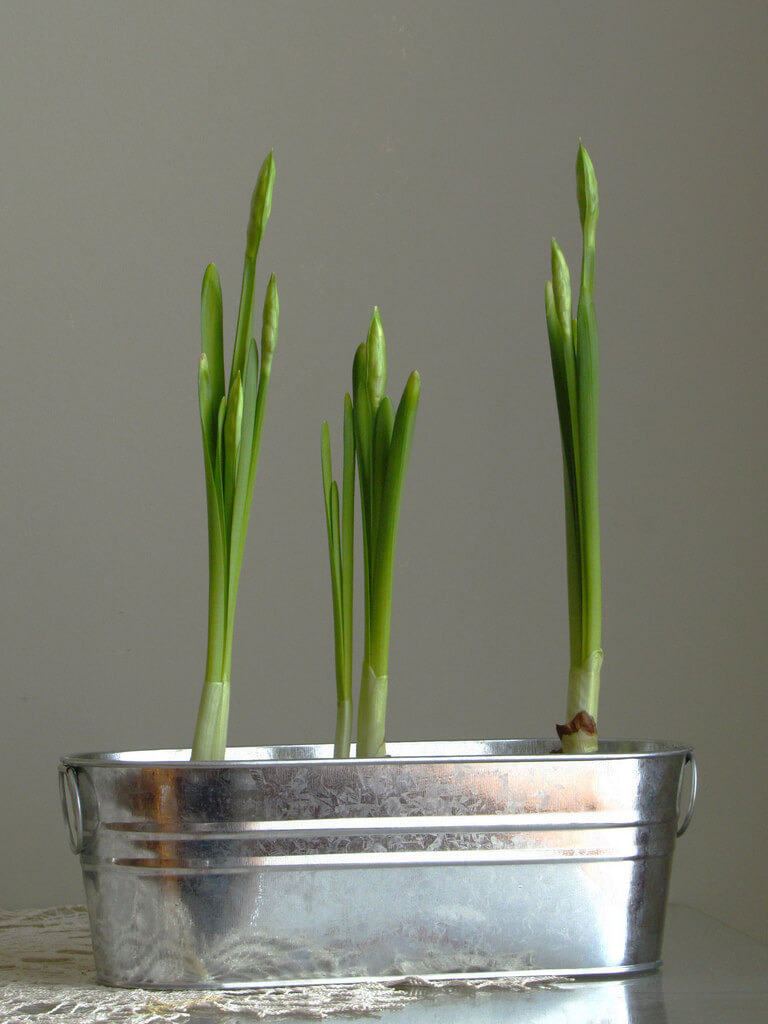
I potted the two amaryllis bulbs, added some water, and placed them in one of my other garden windows, one that only received indirect light in the winter months. It was cooler there as well. That was a good way to keep the amaryllis stems short and sturdy and a good way to start the bulbs. I would keep the amaryllis in this location for about two weeks, then move them to the sunnier window over the kitchen sink.
Daffodils & Tulips
I placed the pot of daffodils and the pot of tulips in the sunniest window and added some water. I knew it wouldn’t take long for the flowers to burst open. The buds were bulging significantly, suggesting a healthy display.
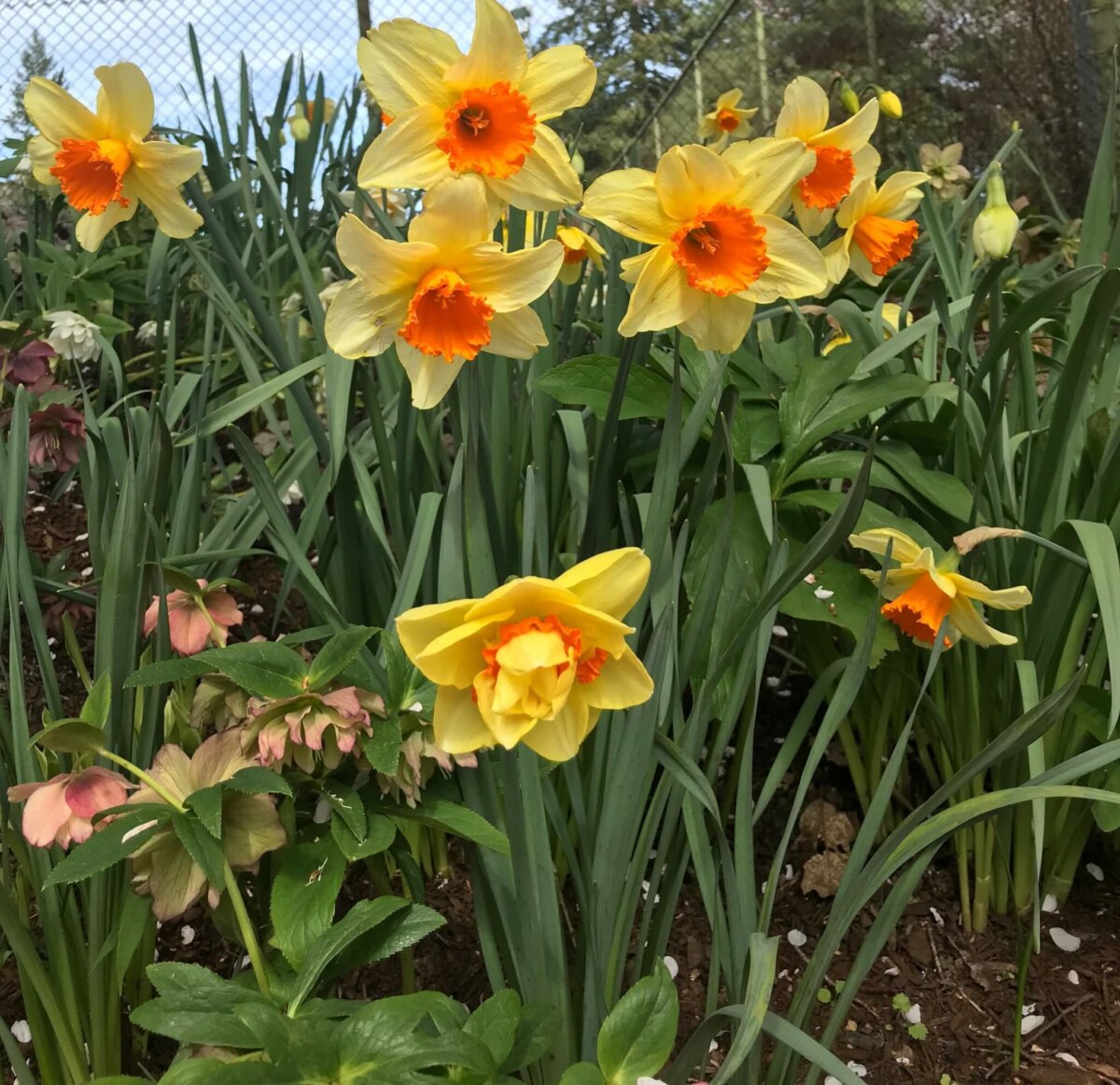
I would place the amaryllis in the same window once they started to grow. It was a deep window, overlooking my outdoor garden which was now covered in snow. Situated over the kitchen sink, I could enjoy my little be of springtime as I puttered around the kitchen.
Hyacinth
The only springtime bulb I didn’t want to grow indoors was the hyacinth. I loved this flower. Outdoors. The aroma had a tendency to be pretty intense, especially when grown indoors, and it always set off my allergies. Better to stick to the non-scented spring bulbs.
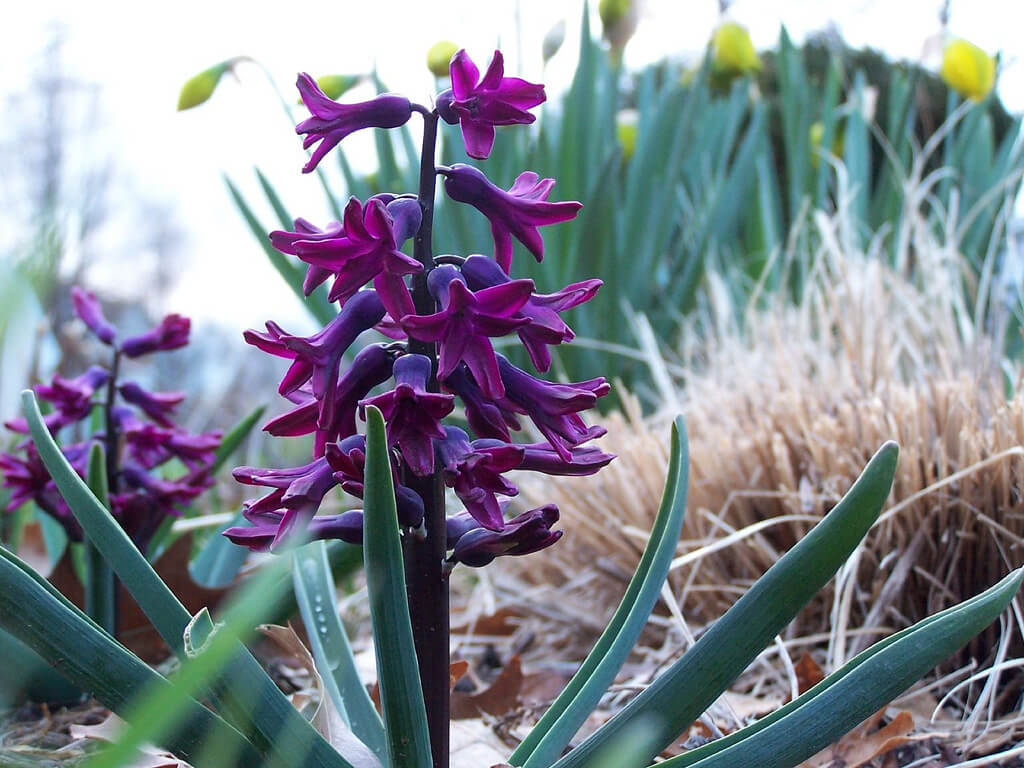
I finalized my order and started my preparations. Each bulb would need its own special treatment.
As my bulbs settled into their new space, I dug out my garden catalogs and looked at what was still available in the spring bulb department. It was January, after all. And most of the bulbs were purchased by gardeners in the fall to be planted outside before the first frost.
I, on the other hand, planned to create my own indoor frost and force the bulbs to bloom indoors. Hopefully before spring announced the arrival of the bulbs I had planted outdoors the previous fall. I found the paperwhite narcissus and made a note of the catalog number. Then I found the others I would grow indoors.
Mini-Daffodils & Crocuses
On my list were tulips, mini-daffodils, and crocuses. There were others I could have ordered, like Dutch iris, scilla,
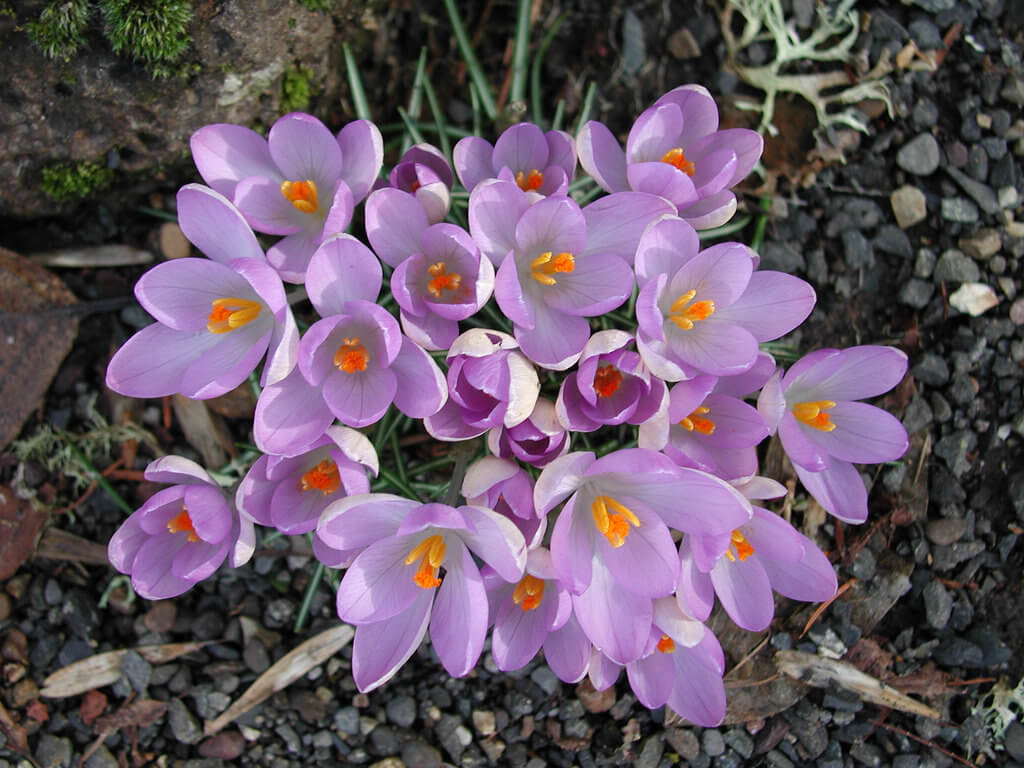
The mini-daffodils and crocuses would be the easiest to force. The tulips might require more patience. I knew the cool temperature, simulating the deep frost of northern winters, were necessary to create a biochemical response to encourage the embryonic flower to start developing. Once this flower is fully formed, the plant is ready for light and warmth. If the cooling time is cut short, then the flowers might be stunted or deformed.
Forcing Indoor Bulbs
I decided to make a chart to help with my ‘forcing’ routine. I included all the force-able spring bulbs on the list, knowing that I would need the list at some point when I decided to get more involved in forcing spring bulbs.
Chilling Chart For Forcing Spring Bulbs

Top of my list was the paperwhite narcissus. Even though these bulbs didn’t require cooling, I knew that if I cooled them for a couple of weeks and then removed a couple of bulbs every few weeks, I would have a steady supply of paperwhite narcissus growing through the remainder of the winter. Not a bad plan.
My timing, I discovered in my research, was a little off. Most of the bulbs required at least 14 weeks of chilling; some as many as 18 weeks. Starting my bulbs in January meant that they may not start blooming until April. If winter dragged on (as it often does in my part of the world), I would have an indoor spring garden while I waited impatiently for the change in weather.
This was my first try at forcing the bulbs. If it worked, I would plan to start my chilling time earlier. Perhaps as early as the end of October.
Where To Chill Bulbs
Choosing the right chilling location was another challenge. The outdoor temperature in January and February was erratic at best, ranging from -40° C (surprisingly the same in Fahrenheit) to 50°F (+10°C). The warmer trends of February could easily start an early growth if the bulbs are not buried in layers of melting snow and ice.
Plus, there was the problem of squirrels digging for food. My pots of bulbs would be a prime target. I did consider my shed, which would maintain a steady cold temperature. But there, again, was the issue of squirrels digging for food. The squirrels had found a way into my shed. To protect my bulbs, I needed another viable option.
I considered the freezer. Too cold. I didn’t want to freeze the bulbs to death, so to speak. Freezers run at 0°F (-18°C). The chilling temperature should range between 35-45°F (1-7°C). The best option for me was the refrigerator which runs around 35°F (1°C).
Fortunately, I had an extra refrigerator, one I used to store fruits and vegetables from the summer harvest. The supply of produce was decreasing, so there was room. If this worked, I would have to devise a better plan for next year if I wanted to start chilling bulbs in late October when the second refrigerator is full to capacity.
Preparing Forced Bulbs
I sorted through my pots and pulled out all my wide, shallow ones (about 4-6 inches deep) and added the soil I had purchased at the store. I filled each pot right up to the brim.
Making a mental note to plant my bulbs at least 2 inches below the top of the soil, I decided I was ready as soon as my bulbs arrived. I knew that the bulbs liked to snuggle in a crowded pot, so I planned on planting the bulbs about ½ inch apart. I would make sure that each pot only contained one type of bulb since the chilling and blooming times differed for each bulb.
Once the bulbs arrived, I immediately potted them in the prepared pots and placed them in the refrigerator. I counted the weeks on my calendar and marked when it would be time to remove the bulbs and allow them to grow. I had a slightly warm space waiting (60°F (15°C) with indirect sunlight), and I didn’t want to heat up the bulbs overnight. Once they were positioned for growing, I would water them regularly and try to be patient as I watched for signs of life.
After the first sign of growth appeared after a couple of weeks, I moved my pots into a warmer location (68°F (20°C) with direct sunlight). The plants grew and after about 4 weeks of being removed from the chilling environment, the blooms started.
Some of the bulbs did better than others. I reassured myself that it was an experiment. I had spring bulbs in April when the ground was still marginally covered in snow and it would still be another few weeks before spring really did arrive.
My first attempt turned into a yearly exercise, one that I started much earlier, some years chilling bulbs as early as September to ensure an indoor spring garden in January.
And reblooming? After my indoor spring oasis, I plant the bulbs outdoors. Forcing the same bulbs each year doesn’t work too well, so I add the forced bulbs to my outdoor spring garden and start with a fresh collection of bulbs to force each fall. Some bulbs will rebloom after a couple of years. Sadly, paperwhites and tropical narcissus will not rebloom.



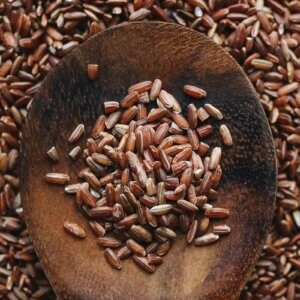

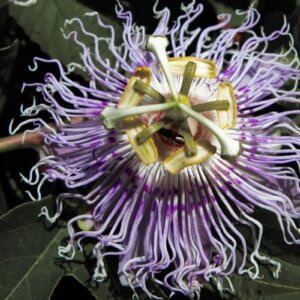

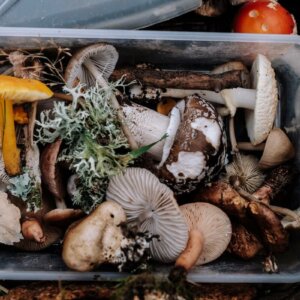
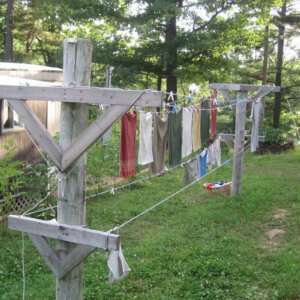
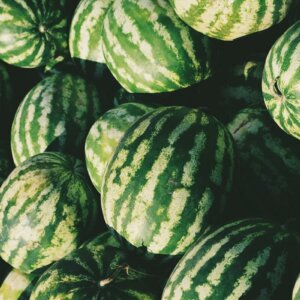
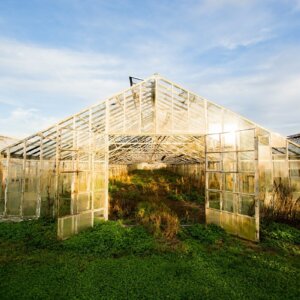
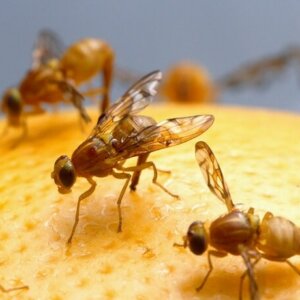



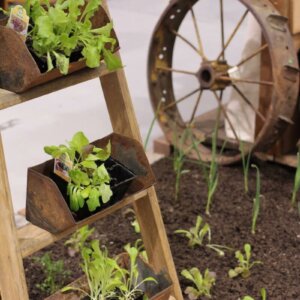

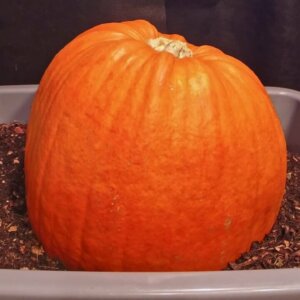



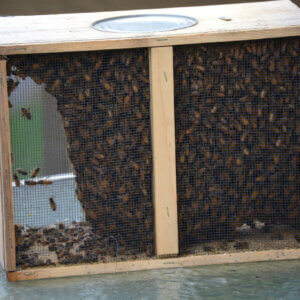


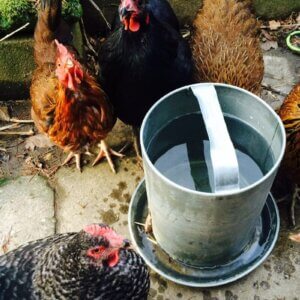


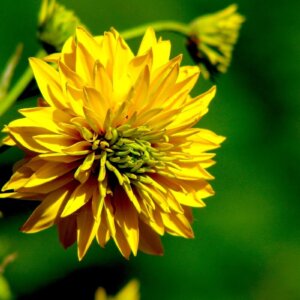







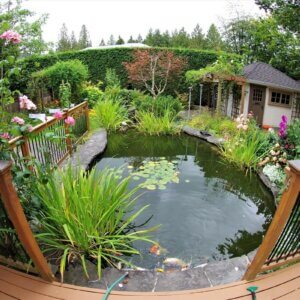
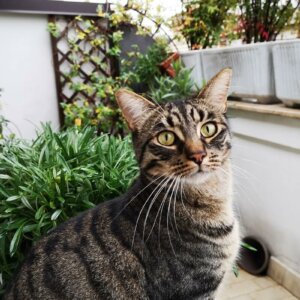
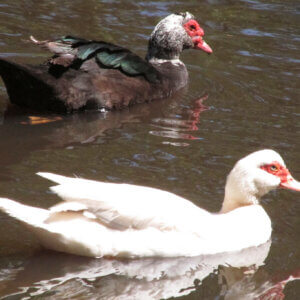
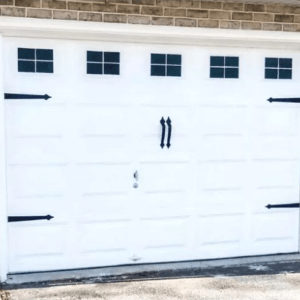
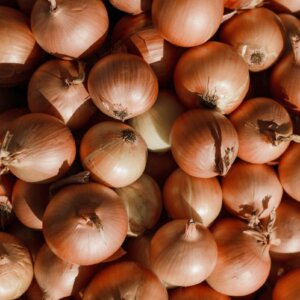
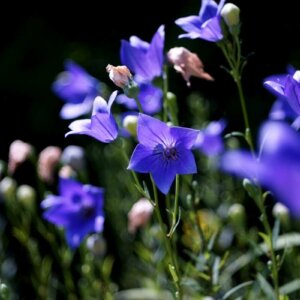
Gloxinias, achimenes,oxalis, and zephrantes next time. They are what you need to plant in the spring. Your stuff should be planted in October in a pot outside under some mulch and taken in in late winter.
Interesting idea. Perhaps if I placed the pot in an outdoor shed or in the garage. Just leaving it outside in a pot during the winter, at least in my northern climate, would have the pot frozen to the ground and probably covered with a thick layer of ice. For me, refrigerating the bulbs works best.